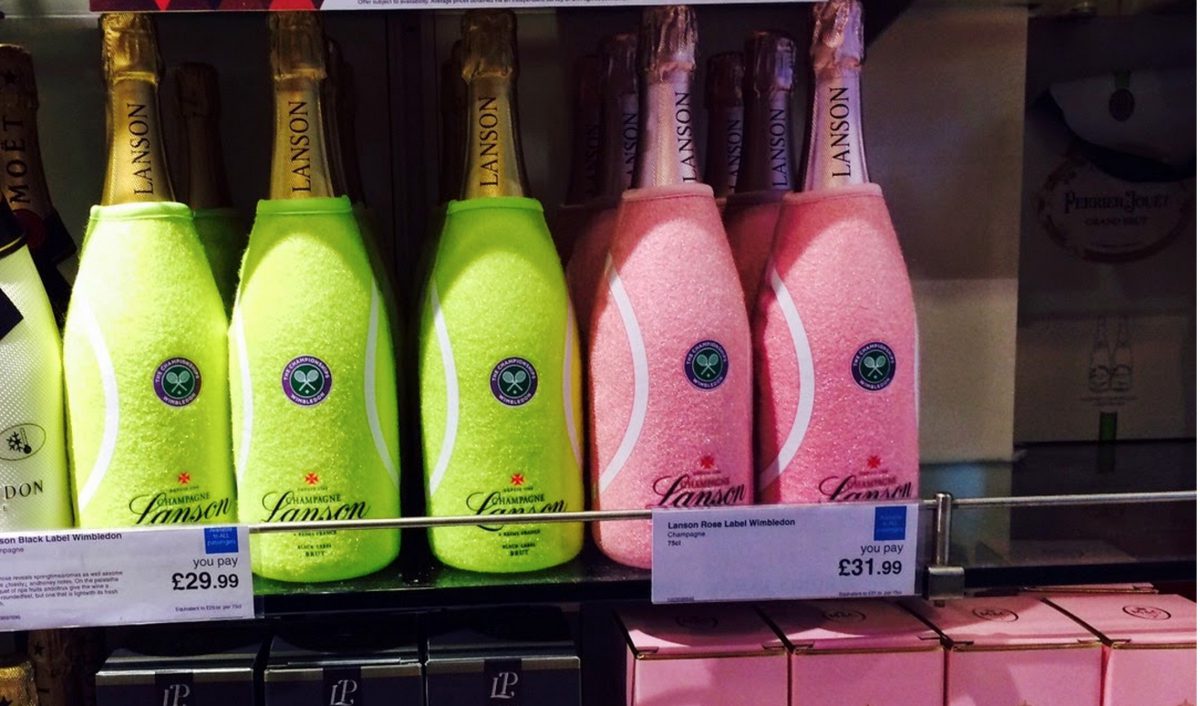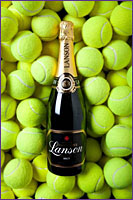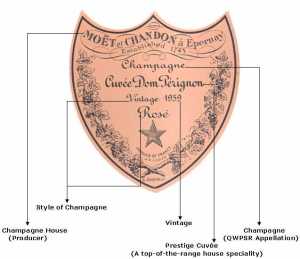Champagne Taittinger recently carried out an experiment in their hot air balloon into the effects of altitude on bubbles in Champagne. The balloon soared to 10,000 ft, its highest UK ascent, to study the size and speed of bubble formation at different altitudes and to taste the effect of altitude on flavor delivery. After initial sampling of five Taittinger Champagnes they were then sampled again at 2500ft, 5000ft, 7500ft and 10,000ft at wind speeds of up to 12 knots. The most obvious difference uncovered was that the bubbles got much bigger at higher altitude. Sensory Food Scientist, Margaret Everitt, who took part in the experiment, commented: “I thought that, irrespective of the individual Champagne, the overall aroma seemed to lessen and become softer with altitude. This might be due to the fact that, although the larger bubbles give an initial surge of aroma as they release the volatile compounds within them, the aroma is not maintained in the same way as with a steady stream of finer bubbles. The cooler temperature at higher altitudes, plus the fact that we were moving, may also have affected perception of the nose.”
wine-pages.com




